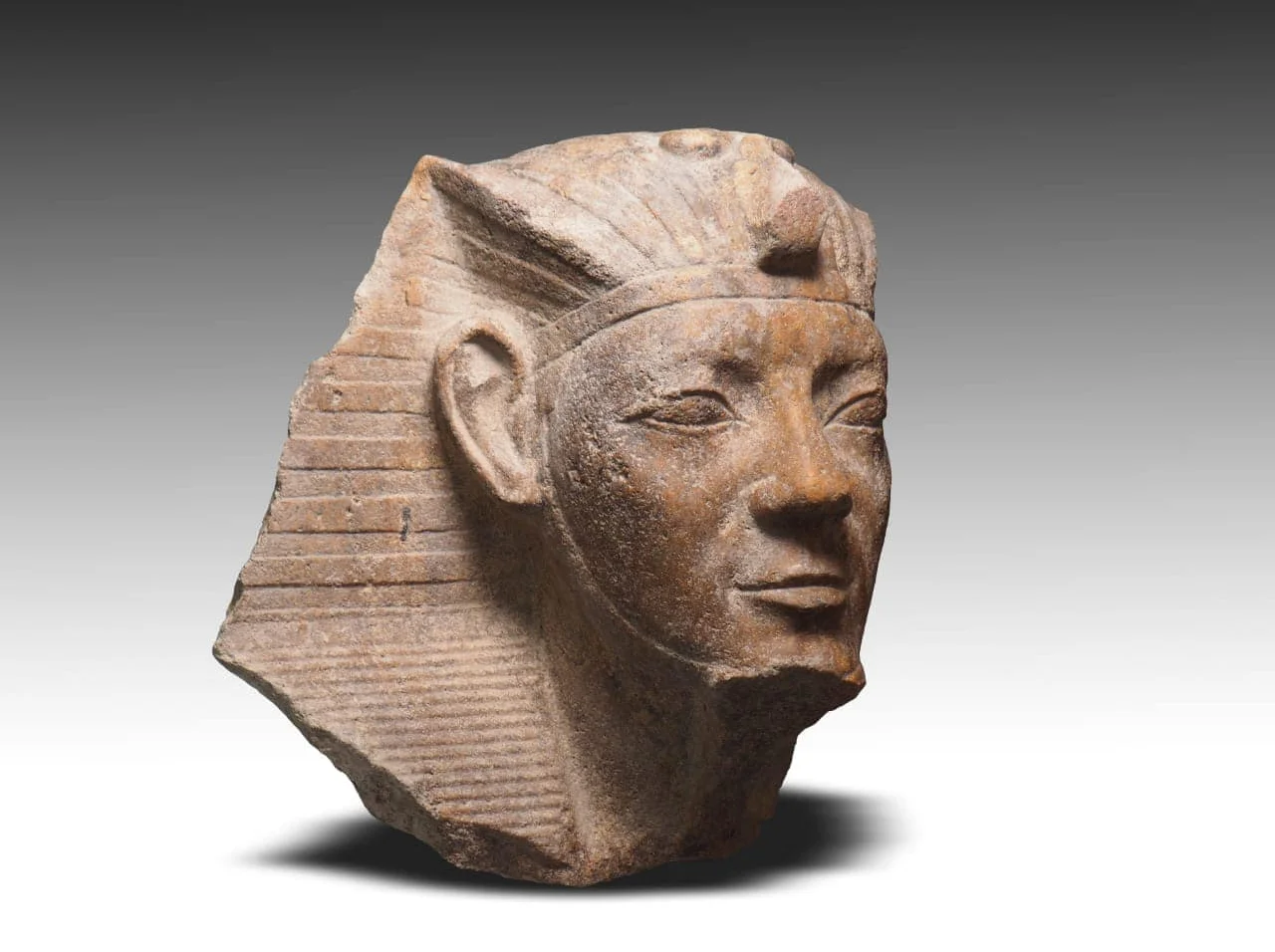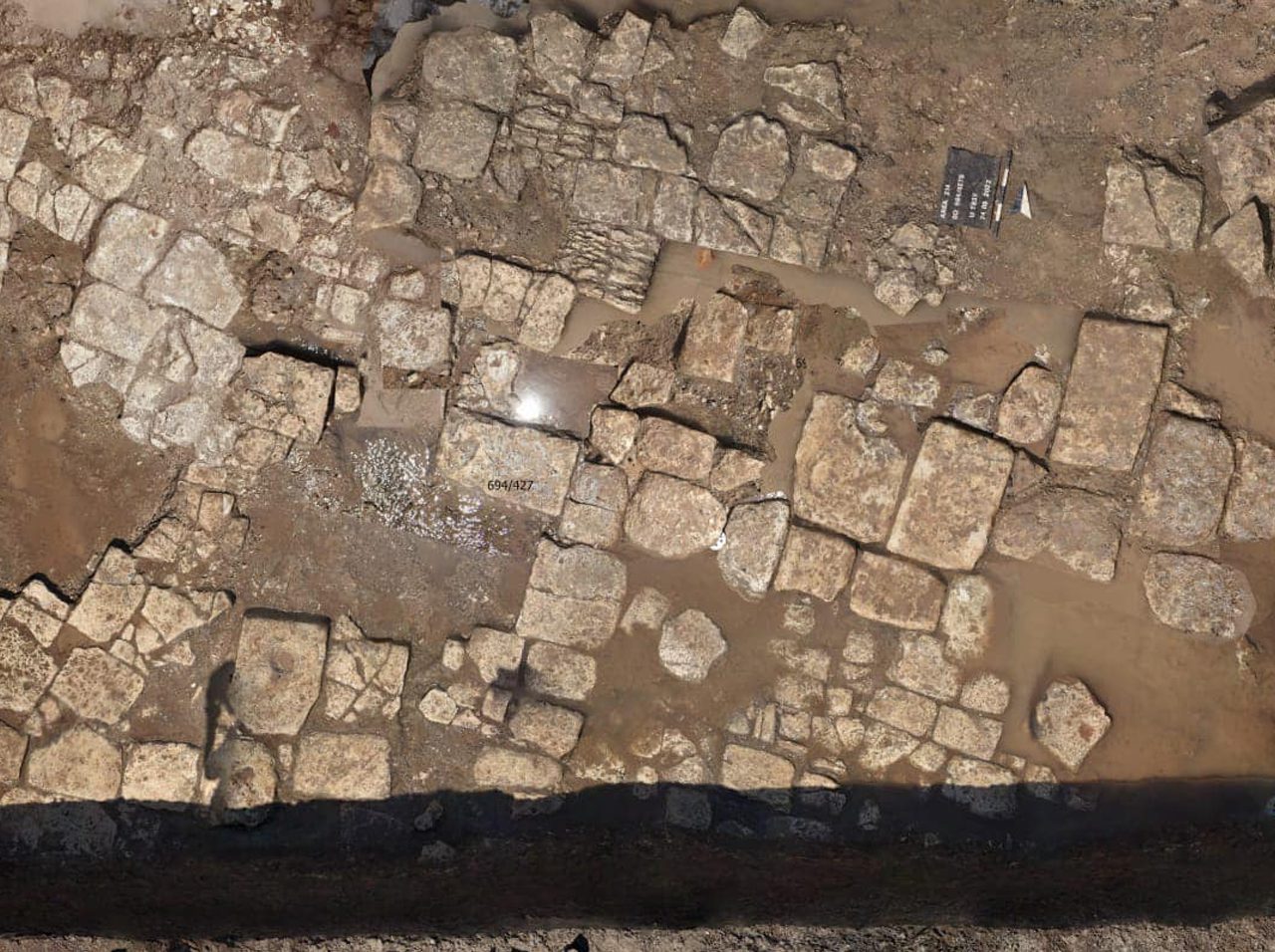Archaeologists from a German/Egyptian archaeological mission have made new discoveries at the Matriya Sun Temple in the ancient city of Heliopolis near Cairo, Egypt.
Heliopolis, meaning “City of the Sun”, was one of the oldest cities of Ancient Egypt that dates from the Predynastic Period. Heliopolis was the cult centre of the sun god, Atum (who later became identified with Ra and then Horus), where Kheperkare Nakhtnebef of the 30th dynasty constructed a sun temple in dedication.
A team of archaeologists from the Institute of Egyptology at Leipzig University, working in collaboration with the Egyptian Ministry of Tourism and Antiquities, have uncovered more remains of the sun temple while conducting excavations in the surrounding area of the Matriya Open Museum.
The team found traces of flooring made from white ash and mud-brick buildings, in addition to a number of quartzite stone from the era of Horemheb, who was the last pharaoh of the 18th Dynasty of Egypt.

Excavations also revealed stonework from the reign of Psamtik II, a pharaoh who ruled during the 26th Dynasty, sections of limestone flooring, a royal statue yet to be identified, the base of a statue of King Ramses II, and a large inscription written on pink granite.
Dr Dietrich Raue, curator of the Egyptian Museum at Leipzig University said: “The mission also succeeded in uncovering several parts of statues of King Ramses II made of quartz stone and a piece from the era of King Ramses IX.”
The mission has been excavating the vicinity of the sun temple since 2012, where in 2018 they announced the discovery of reliefs and inscriptions built by Kheperkare Nakhtnebef from the 30th Dynasty, a number of temple building components and statue fragments, fragments of quartzite statues of Rameses II, an obelisk fragment from the time of Osorkon I, as well as a sanctuary for the deities Shu and Tefnut from the time of Psamtik II.
Ministry of Tourism and Antiquities
Header Image Credit : Ministry of Tourism and Antiquities





